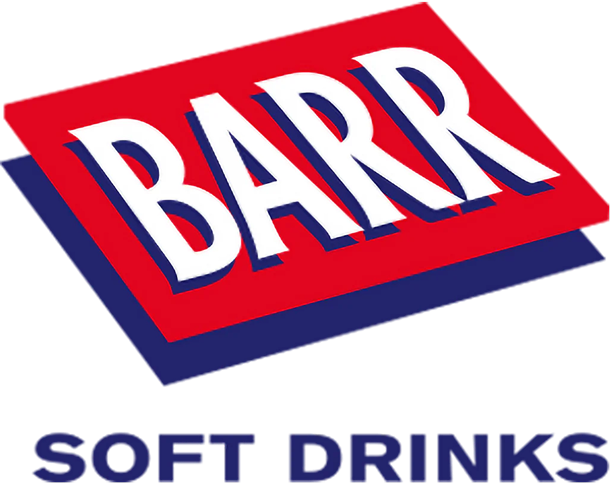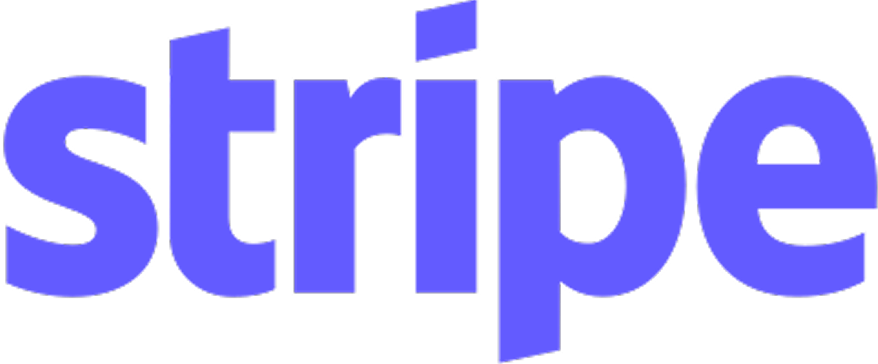Why Are My LinkedIn Connection Requests Being Ignored?
Discover why LinkedIn outreach fails and learn practical tips to engage and connect effectively. Enhance your networking efforts today.

You’ve sent out dozens of LinkedIn connection requests and nothing. No response, no acceptance, just silence. It’s frustrating, isn’t it? Especially when you’ve taken the time to search for the right people. You’re trying to grow your network, connect with potential collaborators or leads, and it feels like you’re shouting into the void.
Getting ignored on LinkedIn can feel personal, but it usually isn’t. It often comes down to how the message was written, what your profile looks like, and how it all comes across to someone who doesn't know you yet. The good news is there are a few things you can fix fairly quickly that might change your results. Let’s take a closer look at what could be going wrong with your outreach and what to do about it.
Common Mistakes In LinkedIn Outreach
If your connection requests are being ignored, chances are you’re making one of a few very common mistakes. These aren’t always obvious, but they can make all the difference in whether someone decides to click accept or move on without a second thought.
Here are a few examples of where things often go wrong:
- Sending generic messages: Phrases like “I'd like to add you to my professional network” may sound polite, but they don’t give the other person any reason to say yes. It looks like no effort was made to tailor the message.
- Targeting the wrong people: If you're sending requests to people who have no real reason to connect with you, they probably won’t. Random outreach without context can feel spammy.
- Over-explaining your background: Some people write hefty paragraphs that try to sell their entire career in one go. That can overwhelm the reader and make them switch off before they even reach the point.
- Not giving a reason to connect: People like to understand the purpose of a connection. A short mention of why you’re reaching out can help create context and increase the chance of a response.
- Reaching out too soon after engaging: If you’ve only just liked someone’s post or commented once, they may not recognise your name yet. Waiting a few more days and engaging more naturally can build some familiarity first.
One example we came across: someone sent twenty requests in a day, each with the same copy-paste message about “joining forces.” Not one response. When they changed it to a one-sentence note referencing a specific post the prospect had recently shared, they started getting replies straight away.
If you’re seeing low response rates to your requests, it might be worth slowing down and reviewing your message. A few small changes to how you approach people can lead to a better outcome.
How To Craft A Perfect LinkedIn Connection Request
When you send a request, the message sits front and centre. It’s your one shot to make the person feel like this isn’t just another mass message. That single line often decides whether someone clicks accept or ignore.
Here's how to write a personalised connection message that actually stands out:
1. Start with their name
It seems obvious, but many people leave this out. Using someone’s first name helps the message feel directed and considered.
2. Mention something specific
It could be a post they made, a podcast they were on, or a talk they gave. This shows that you’ve done a little research and want to connect for a reason that benefits both of you.
3. Keep it short and light
Two or three lines is all it takes. No need to get into job titles or long introductions. Something simple works best.
4. Give them a reason to connect
A line like “I enjoyed your post on leadership and would love to connect” is better than a vague “I think we could help each other.”
5. Be honest about your intent
If it’s a potential partner you'd like to speak with, say so. Just don’t turn it into a pitch. Leave the business talk for after you’ve built rapport.
Good outreach starts with empathy. Think about how your request will read to the person on the other side. If it sounds human and honest, not like a sales message or a bot, you’ve already done more than most.
Building A Strong LinkedIn Profile
Even the best-written connection request can fall flat if your profile doesn’t back it up. First impressions matter. When someone receives your reach-out, they’ll often click through to see who you are before deciding whether to accept. If your profile looks half-done or confusing, they’re far more likely to ignore your request entirely.
Your LinkedIn profile should be simple, clear, and aligned with what you do. It doesn’t have to be flashy, but it does need to feel considered. Think of it like your digital storefront. You want people to stop and browse, not scroll past.
A strong profile includes:
- A clean, professional photo that looks friendly and approachable
- A headline that says what you do and who you help, not just your job title
- A summary that’s written in the first person with a conversational tone
- Experience sections that give short but clear insights into past work or projects
- Skills that match your field or services
- Enough content to show that you’re active, like featured posts or articles
It’s also worth making sure your public URL is tidy and easy to share, and that all parts of your profile are visible. You don’t want to reach out and have someone land on a half-blank page.
Try this simple check: if someone landed on your profile without knowing you, would they understand what you do within ten seconds? If the answer is no, it might be time to tighten up how you present yourself.
Effective Follow-Up Techniques That Don’t Annoy
So, you’ve sent the request. Maybe it wasn’t accepted straight away, and now you’re wondering whether to follow up or just forget it. Silence doesn’t always mean someone isn’t interested. People get busy, miss notifications, or simply don’t act right away. A gentle follow-up can pull your message back into view.
Here’s how to do it without being pushy:
1. Wait four to seven days before sending a reminder
Give them a bit of space. Following up too quickly can come off as pushy.
2. Send a light follow-up message
Don’t copy your first note. Keep it short and friendly. Something like, “Hey [Name], just wanted to check if you saw my message. No worries if not. Happy to connect if it feels like the right fit.”
3. Engage through their content instead
Comment on a post or like something they’ve shared. That might be enough to jog their memory and prompt a reply.
4. Know when to walk away
If you’ve sent a follow-up and nothing’s happened after a bit of profile engagement too, it’s fine to move on. You can revisit a connection down the line if needed.
Think of follow-ups as a soft nudge, not a hard sell. Your goal is connection, not pressure. Done right, a follow-up shows that you’re thoughtful, not desperate.
Make Your Outreach Worth Their Time
People don’t ignore connection requests just for fun. It’s usually something small that puts them off, and most of the time, it’s fixable. It might be the wording of your message, a profile that lacks clarity, or not enough context when reaching out. When you address those three key areas — your message, your profile, and your follow-up — the results often improve.
There’s no perfect way to connect on LinkedIn. Some people prefer longer intros, while others want straight to the point. But the basics usually stay the same. Be clear about who you are. Be honest about your intention. Be human in how you reach out.
A few small improvements in how you present yourself and your message can make a big difference in how many connections you build. You don’t need a flawless strategy. You just need to show that you’re genuinely interested and that your outreach adds value to the other person. You already have something to offer. The key is making sure your message shows that.
LinkedIn outreach works best when it’s personal, clear, and backed by a strong profile. If you’re ready to improve how you connect and start turning more requests into real conversations, Media Engine can help. Learn how we support professionals to build meaningful networks through our linkedin outreach service.
Across 200+ LinkedIn profiles, we’ve brought in qualified pipeline from...
































.png)

.png)

%20(1)%20(1).png)
.svg)











